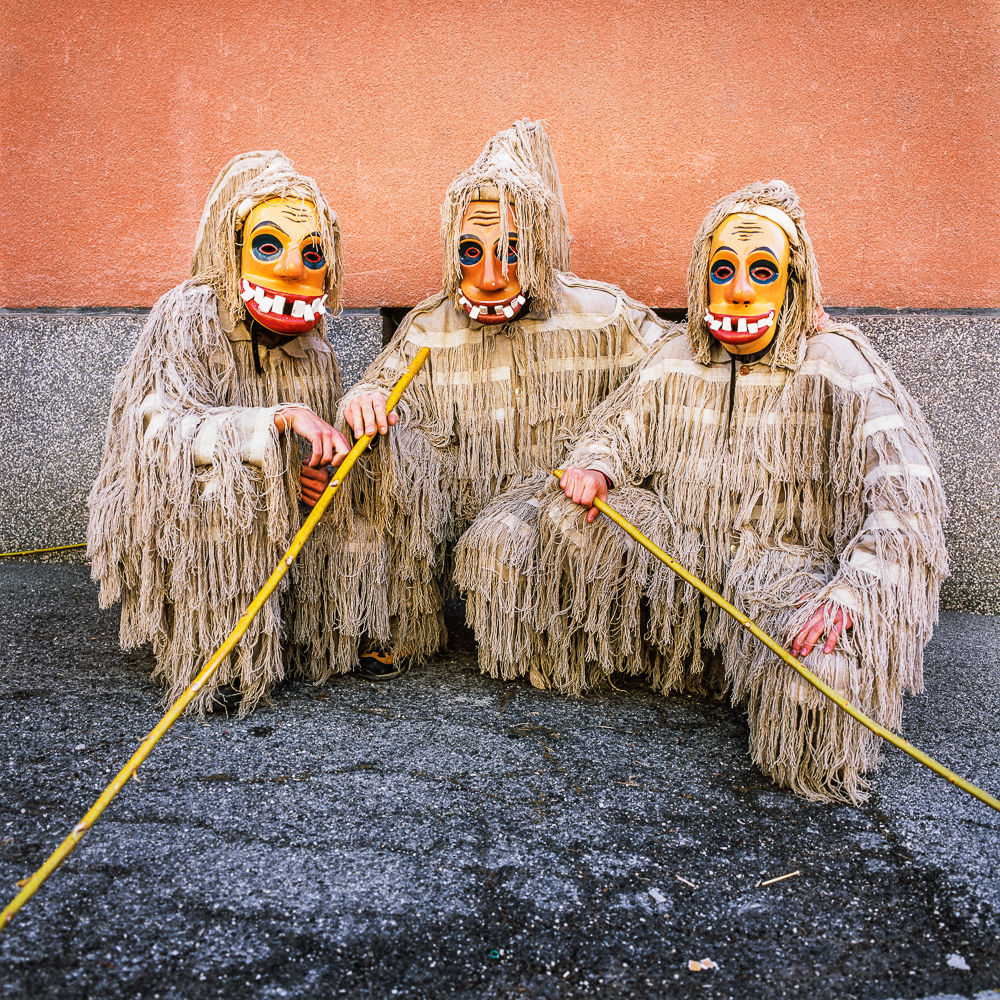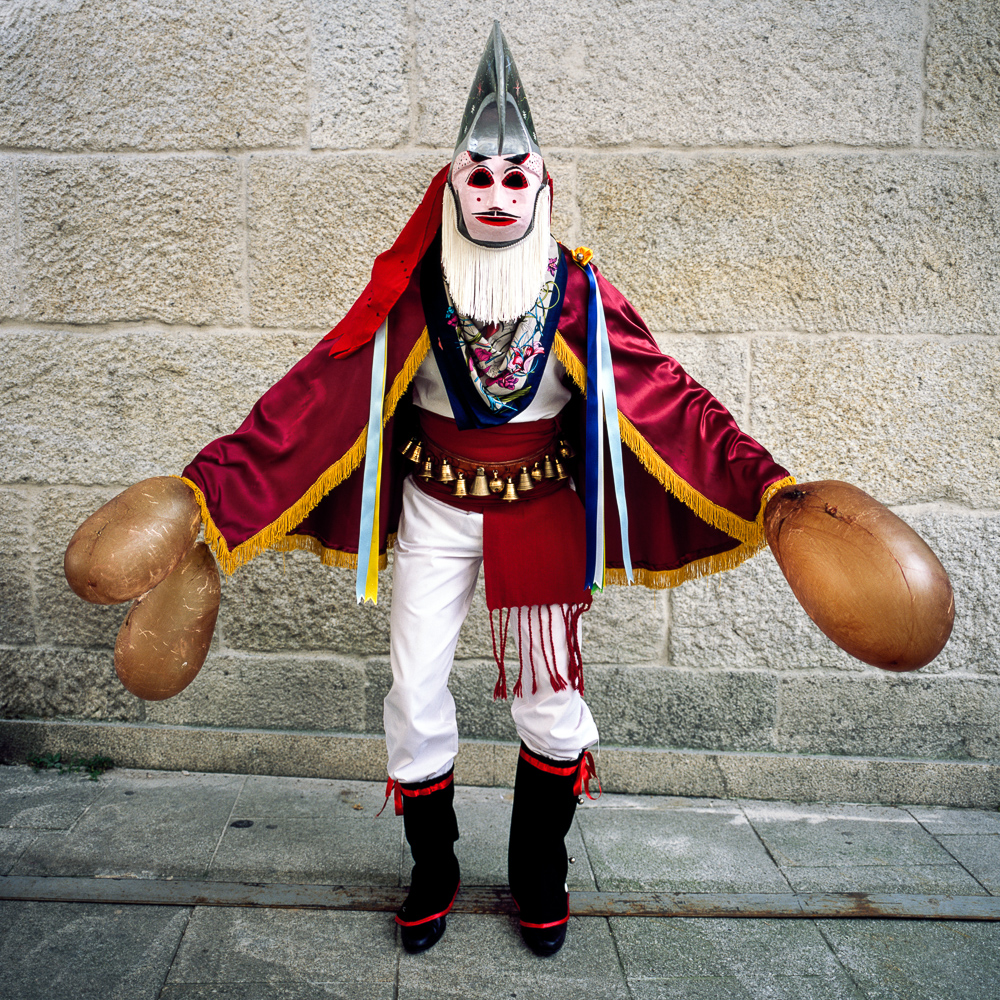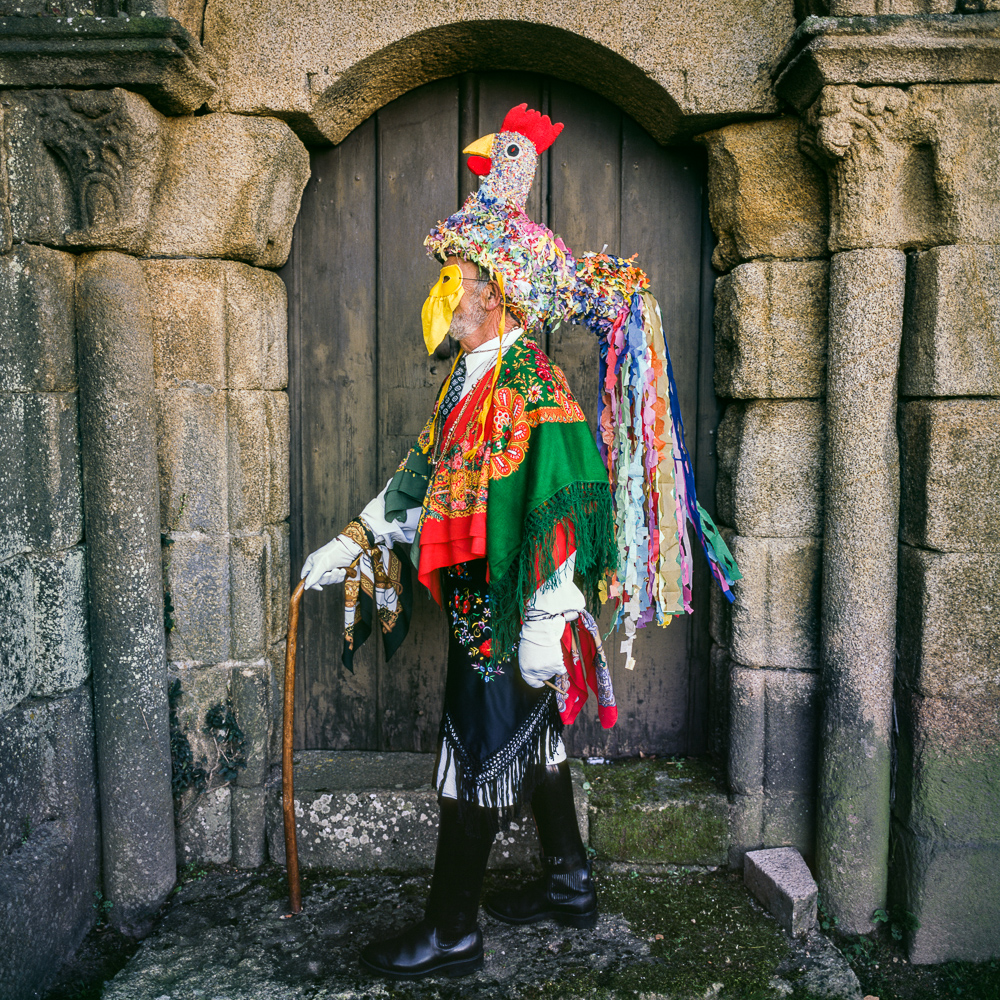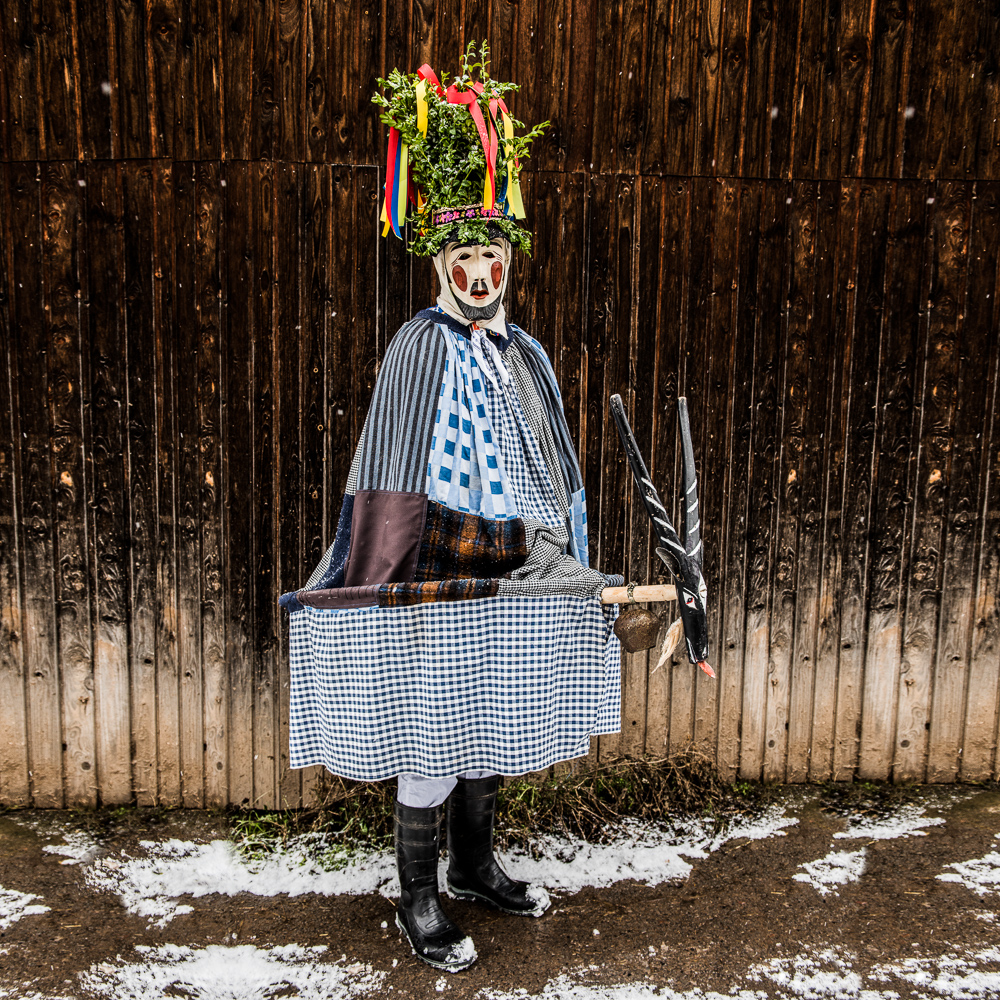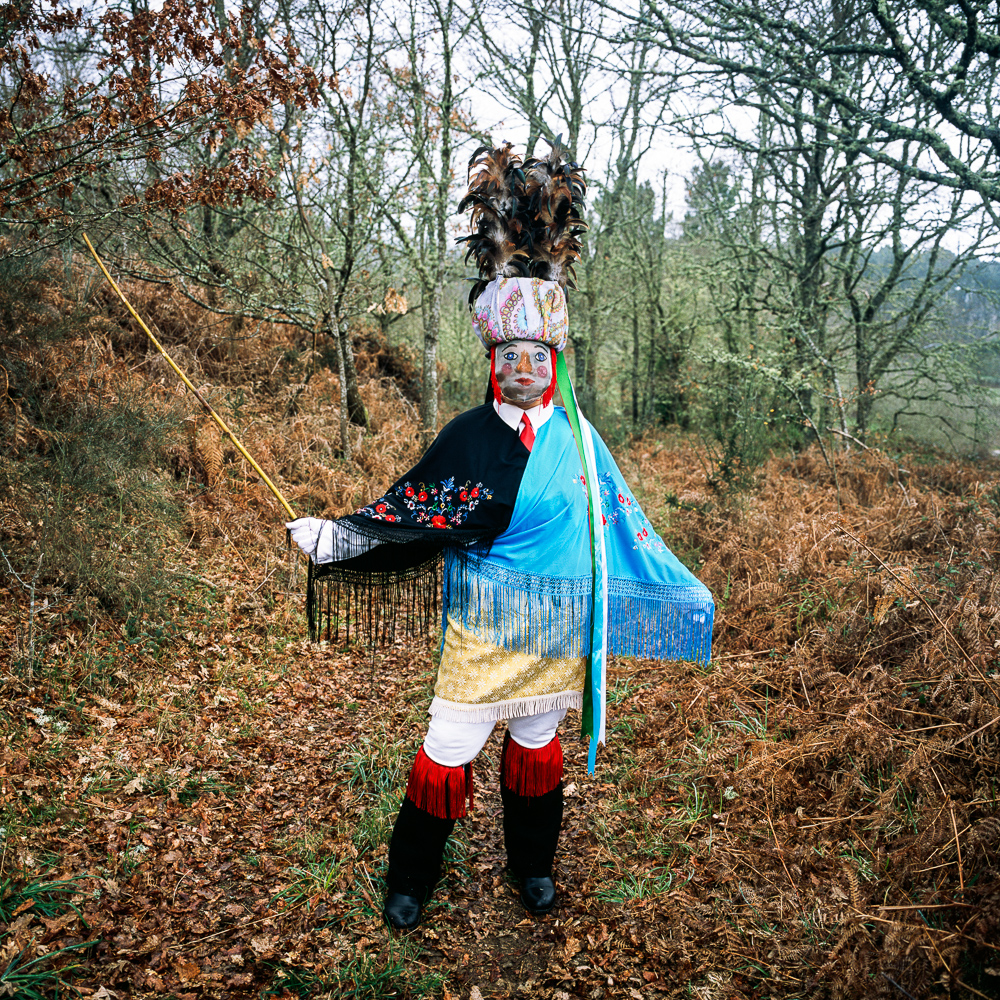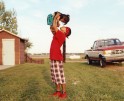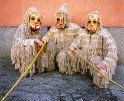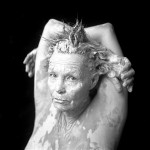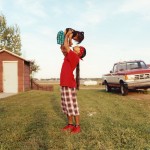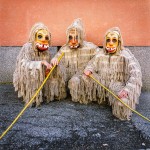Photography & Anthropology: Jason Gardner, “We the Spirits”
For a few years now anthropology has been a buzzword in the photography world. Through the growing interest in ethnography, collaborative strategies, research methodologies, and self-reflexivity among other concepts, the influence that it has acquired has expanded well beyond the scientific realm. Today, many photographers of all types, preferences, or subject matters have included anthropological thought in their work, hence enriching its research, process, production, and outputs.
During this week on Lenscratch, our focus will be on a curated selection of authors and works that highlight the intersection of photography and anthropology. These address issues such as colonialism and post-colonialism, migrations, and the role of museums, but also other cultural manifestations seen, interpreted, and experienced through different contexts, such as carnivals. We hope you enjoy them. – Carlos Barradas
Jason Gardner is an American photographer, based in Paris and New York. He tells stories, using photography and writing, within the framework of Visual Anthropology. He is passionate about culture, ritual, and music and how they impact human expression.
In 2013, Jason published A Flower in the Mouth, a photobook about the culture, music and rituals of Carnaval in Pernambuco, Brazil (Visual Anthropology Press, USA). Now he continues with We the Spirits (GOST Books, UK, 2024), documenting the ritual and festival of traditional Carnival for over 15 years, throughout 15 countries. Jason’s work has been published in The Wall Street Journal, The New York Times, The Guardian, Financial Times, GEO France, This is Colossal, L’Oeil de la Photographie, Sunday Times Magazine (UK), Rolling Stone, Le Parisien, New York Magazine, FotoMagazin, NPR.org, and SPIN Magazine.
This project has been exhibited internationally, including Paris, New York, São Paulo, New Orleans, Toronto, Geneva, Malmesbury (UK), Ulm (Germany), Belgrade, and San Francisco. We the Spirits was selected as the Top 50 portfolio by Photolucida’s Critical Mass, 2022: https://www.photolucida.org/top-50/jason-gardner/?cm_year=2022
A selection of 35 photographs from We the Spirits is currently on display at Ted & Nune Studio, Hastings-on-Hudson, NY, from 6 April until 19 May.
https://www.tedandnune.com/events/exhibition-opening-wethespirits
Jason is a board member at-large, NY Chapter, of The American Society of Media Photographers (ASMP), and co-founder of creative networking community Toasted Almonds, having launched a Paris chapter of Toasted Almonds (Amandes Grillées). Jason divides his time between New York and Paris.
Follow Jason Gardner on Instagram: @visualanthropology1

© Jason Gardner from “We the Spirits”. “Árbol (Tree)” Silió (Cantabria), Spain
Carlos Barradas: What initially drew you to incorporate anthropological themes into your photography?
Jason Gardner: The winter masquerade of the European continent (and beyond), by its nature, is steeped in mythology and tradition. So it merited an anthropological treatment. Also everyone who first sees my work, either online or in person, is immediately struck by the diversity, color, and creativity of the costumes, and they sense that they are traditional characters, so they want to know what it means. I see my work actually as a bridge between anthropology and fine art, where I have just enough context and explanation to deepen the relationship between the viewer and the work.
Carlos Barradas: In what ways do you negotiate the power dynamics inherent in photographing subjects?
Jason Gardner: I collaborate with my subjects by allowing them to pose how they like to be shown in the Carnival context. Some characters are strictly allowed to pose only in a certain way, at a certain angle, or doing a certain movement. Also, I talk to them and understand how long they’ve been doing it, what their character means, etc. Last, by using a slow medium format camera (Mamiya 6 rangefinder), with manual focus, and also a low ISO slide film, the photo shoots are relatively slow-paced. This creates a space where the subject can compose themselves how they want.
My process is to always photograph them during the day of the festival, but never to interrupt the actual ritual, I am getting them for a short time (1-2 minutes) before or after going out into the streets. So I like to think that I am showing them some reverence by doing this. It is a happy thing that I am documenting, I’m showing the pride of their traditions.
Carlos Barradas: What impact do you hope your work will have on viewers? Are there specific reactions or discussions you aim to provoke?
Jason Gardner: The main impact I’d like viewers to come away with is the realization that this masquerade and festival, it’s not just a party, it’s a cultural tradition. It’s in the blood of the participants, it allows them to tell their stories of past, present, and future generations. This masquerade is part of their identity and many have been doing it since they were children.
I’d like to start discussions about understanding why this ancient, pagan, prehistorical ritual still is relevant in certain communities today, and why they work throughout the year to prepare, practice, and maintain these traditions.
Carlos Barradas: Can you share any feedback or stories from your work that have been particularly meaningful to you?
Jason Gardner: For me the most meaningful stories are when I interviewed the participants upholding this tradition, since after the overall meaning of the ritual to the community, it was fascinating to hear the personal stories of the participants’ relationships to the ritual, how they found their own meaning entwined in the masquerade.
First of all, as I mentioned before, maintaining the traditions takes a lot of work throughout the year! For example, in the Cerkno community in Slovenia, all costumes are handmade. One of the characters, the Ivy Man, is sewed new each year using between 8,000 and 10,000 individual leaves, representing at least three full weeks of work.
In Sardinia, Massimo Soro, who has worn the Sa Filonzana costume for 34 years, says, “When I put this on, I go back thousands of years, I trace back those paths, made earlier by my ancestors, and I put them back into play, I make them live again. I cannot die if I wear this mask.”
In the Cantabria region of Spain, more than 150 people participate in La Vijanera tradition, embodying 80 different costumes in one of the oldest masquerade traditions in Europe. The entourage leaves a nearby hamlet and descends the steep slope to symbolically apprehend the Bear that comes out of the forest.
Afterward, Enrique Pardo who plays the Bear, told me: “… the principal feeling is that you are just a part of a chain in the story. It’s not just fun or recreation. It’s a part of a ritual. Maintaining the real feeling of La Vijanera… it’s a living tradition. One of the things in La Vijanera is that you remember your past: your families and your ancestors.”
Carlos Barradas is a photographer with a Ph.D. in anthropology and a master’s degree in contemporary photography from the Istituto Europeo di Design in Madrid, he has been producing photographic and textual essays on issues such as territory, colonialism and post-colonialism, disability, new masculinities and sustainability. Considered by GUP Magazine as one of the 100 European photography talents (2020). He has already exhibited at Foto Rio, Rencontres d’Arles 2019 & 2023 (promoted by the British Journal of Photography and Der Greif), at the International Center of Photography, in New York (2020) and at the BFoto Festival (2021). Winner of the “Cities in the City” initiative at PhotoEspaña and the Porto Photography Biennale’21, awarded a Criatório (2022) and, more recently, guest artist in residence at Encontros da Imagem 2023 edition. Co-creator and co-editor of the online magazine contemporary photography line SOPA and content editor of the photography platform Lenscratch, based in Los Angeles.
In his work he engages with ambiguity. He positions his photographs in a liminal state, an anthropological concept that refers to an intermediate phase or condition in a certain rite of passage. It intends for them to become a receptacle where people deposit their narratives. In this sense, they become a habitable space, where emotional states, memories and social and cultural values come into play, defining the interpretation made of the image.
His artistic practice is developed around personal work, but also the development of free workshops for the communities he works with, always resulting in fanzines, collective exhibitions or other types of artistic products, as has happened in Portugal, São Tomé and Príncipe or Namibia. He believes that it is through these joint initiatives and the participation of communities that the visual production and the intended local cultural mapping will be richer the greater their engagement.
Follow Carlos Barradas on Instagram: @barradascarlos
Posts on Lenscratch may not be reproduced without the permission of the Lenscratch staff and the photographer.
Recommended
-
Carolyn DeMeritt: Infinite GraceMay 14th, 2024
-
Re-Discovering Native America: Stories in Motion with The Red Road ProjectMay 5th, 2024
-
Earth Month Photographers on Photographers: Tyler Green in Conversation with Megan JacobsApril 15th, 2024
-
Luther Price: New Utopia and Light Fracture Presented by VSW PressApril 7th, 2024

